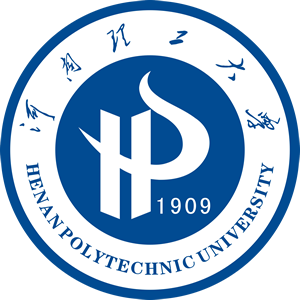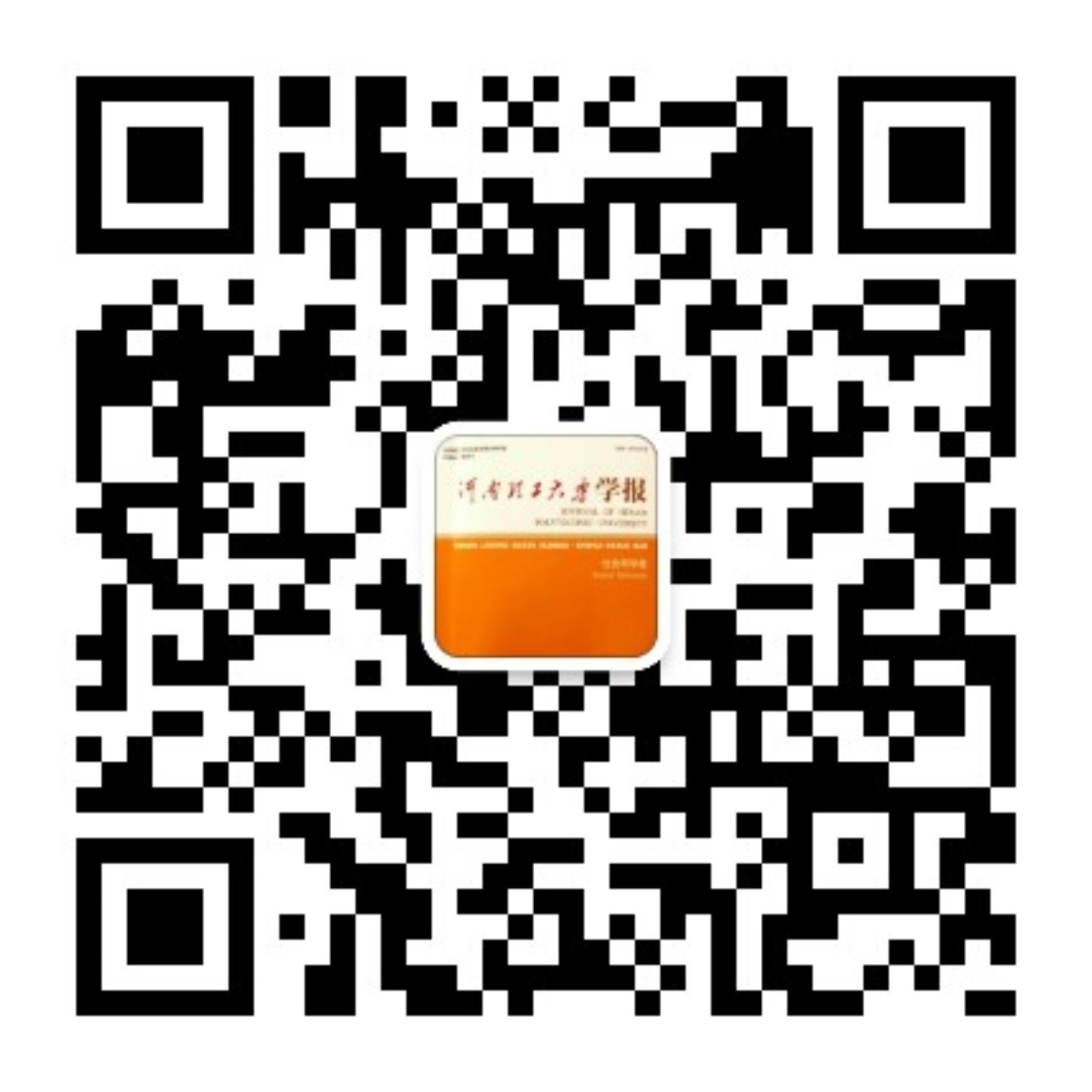
地址: 河南省焦作市高新区世纪路2001号[454000] Tel: 0391-3987069 E-mail: zkxb@hpu.edu.cn,skxb@hpu.edu.cn |

请您访问
|

社会科学版
|
| 供稿: 王春苗 | 时间: 2018-12-19 | 次数: |
作者:王春苗
作者单位:电子科技大学中山学院
摘要:在《竹取物语》结尾部分,女主人公赫夜姬穿上羽衣、服下不死药随来使升入月宫,这一情节的设置与"不死药"等字眼不难让人联想到中国的嫦娥奔月传说。但是,《竹取物语》并非对中国嫦娥奔月的全盘接受,而且在主人公身份地位、不死药获得手段等方面具有不同于嫦娥奔月的鲜明特征。本文拟通过文本解读的方法,就《竹取物语》对中国奔月神话的接受及化用进行探讨,并从奔月情节的设置来分析《竹取物语》的结构与主题,从而探明《竹取物语》引用奔月情节的意义所在。
基金:电子科技大学中山学院青年基金资助项目(413YJ04);
DOI:10.16698/j.hpu(social.sciences).1673-9779.2014.02.003
分类号:I313.06
Abstract:At the end of Taketori Monogatari, the heroine Kaguyahime wears Hagoromo, takes elixir of life, and then flies to the moon. It is likely that this plot setting and the words such as “elixir”make people think of the Chinese moon legend. But on the other hand, Kaguyahime's Moon Fairy is very different from Chang'e legend. By means of text interpretation, this paper explores the acceptance and projection of Chang'e Flying to the Moon in Taketori Monogatari, and analyses the structure and theme from the perspective of plot setting. And the significance of Moon Fairy quotation in Taketori Monogatari will thereby be discussed.